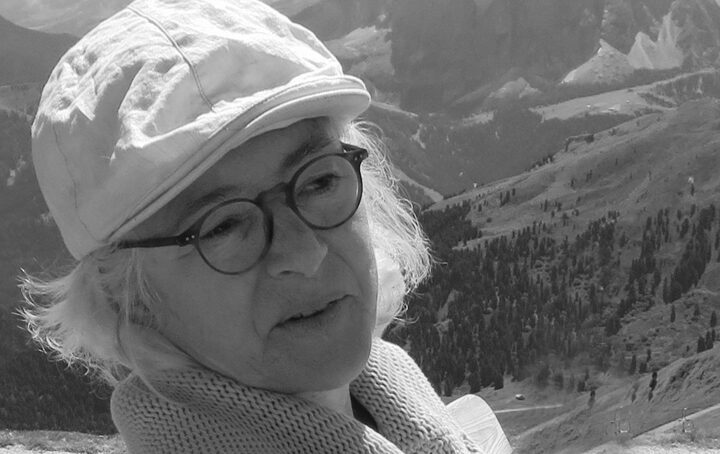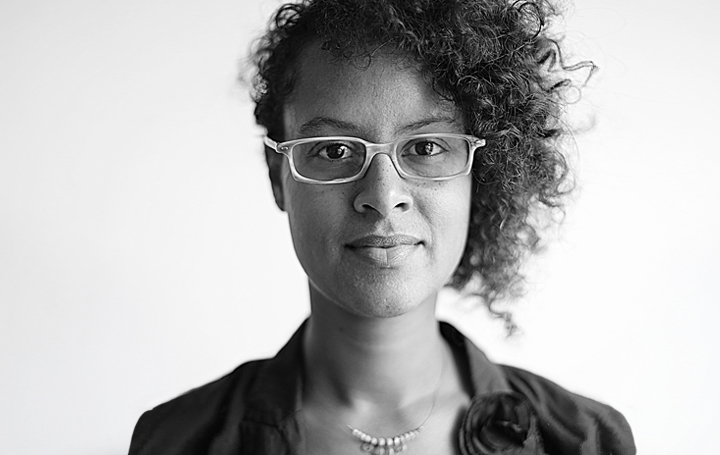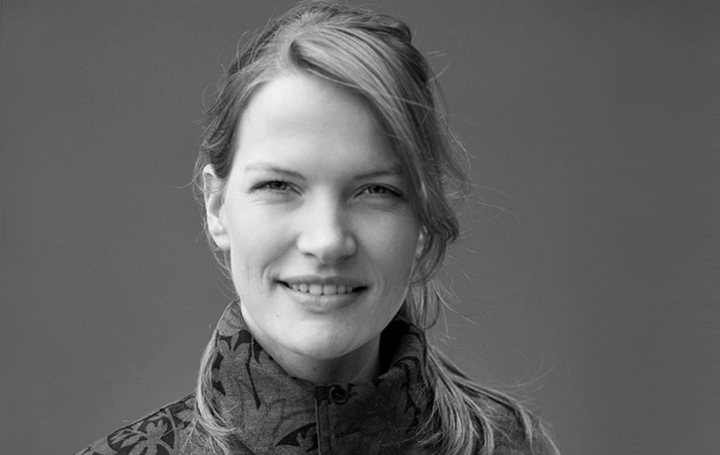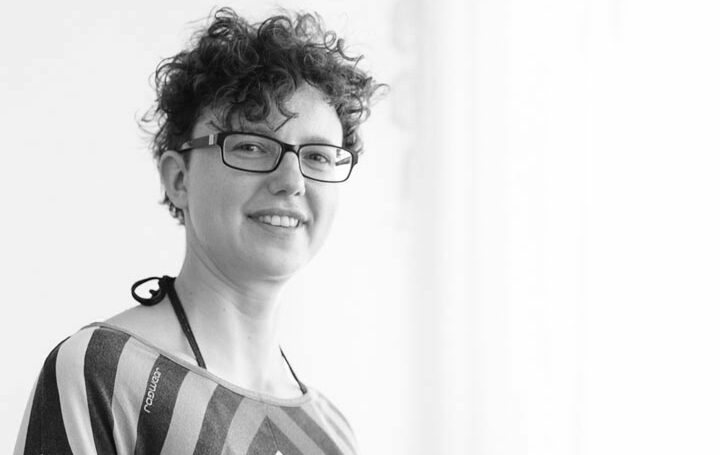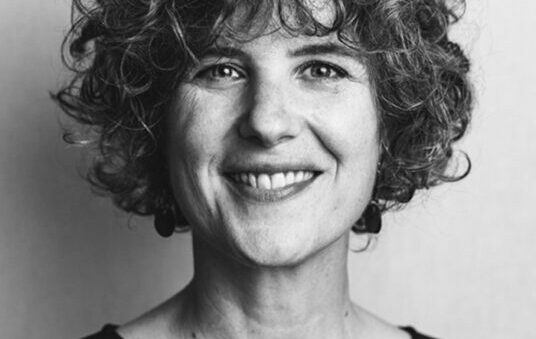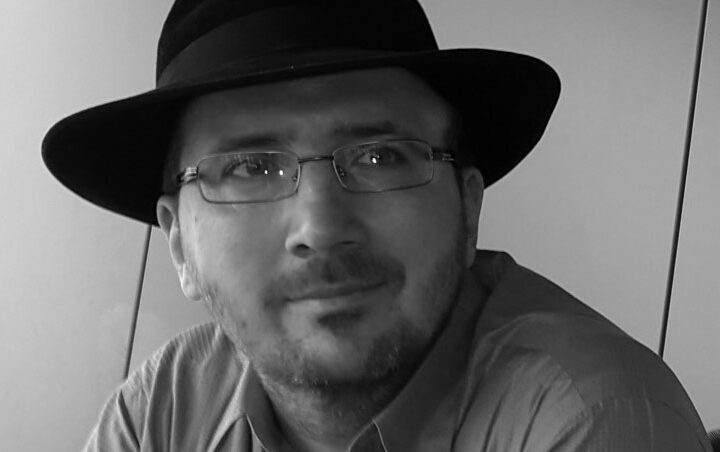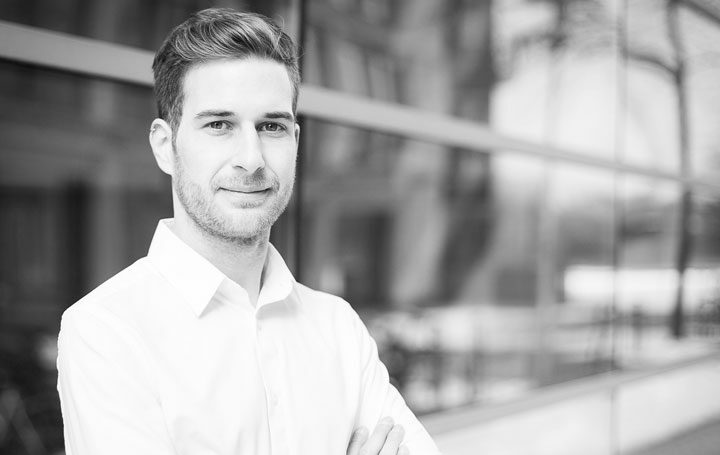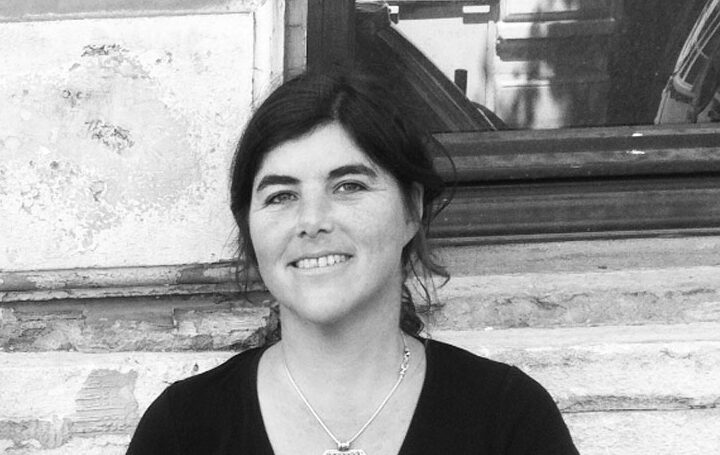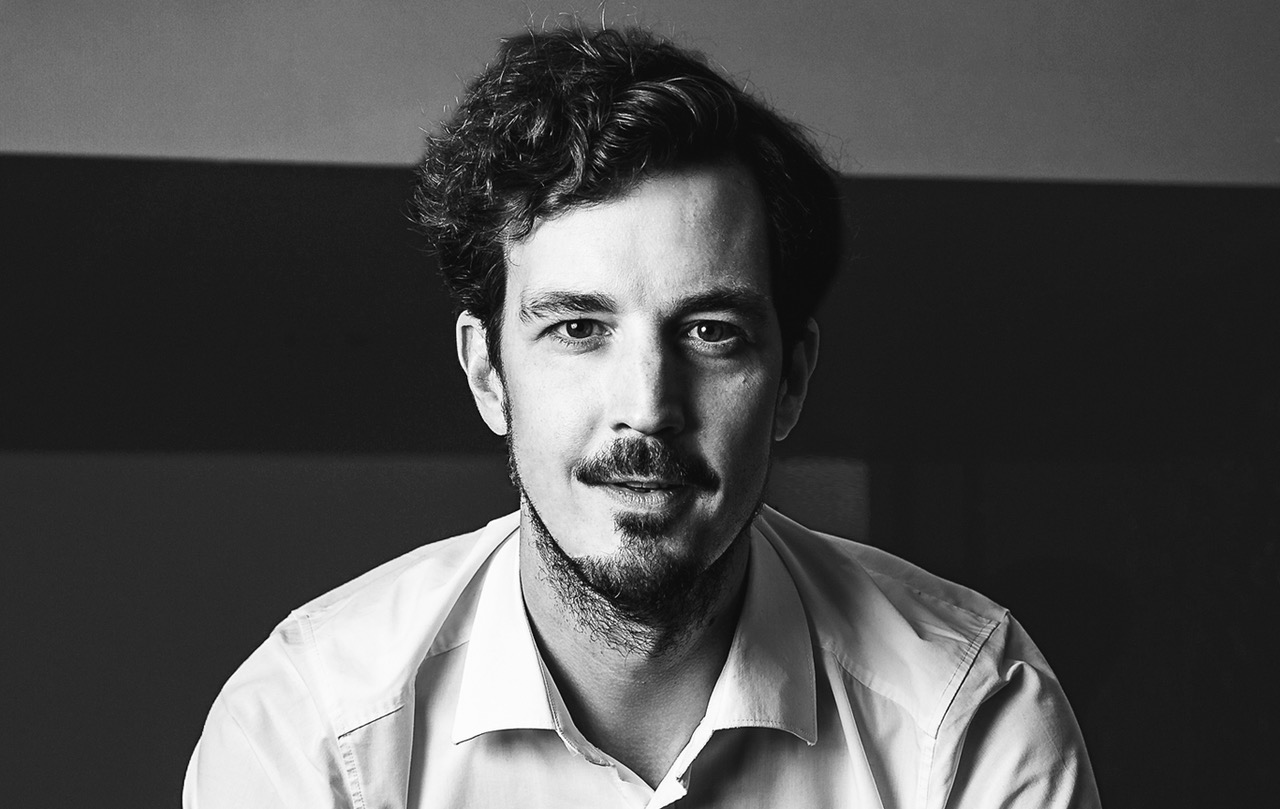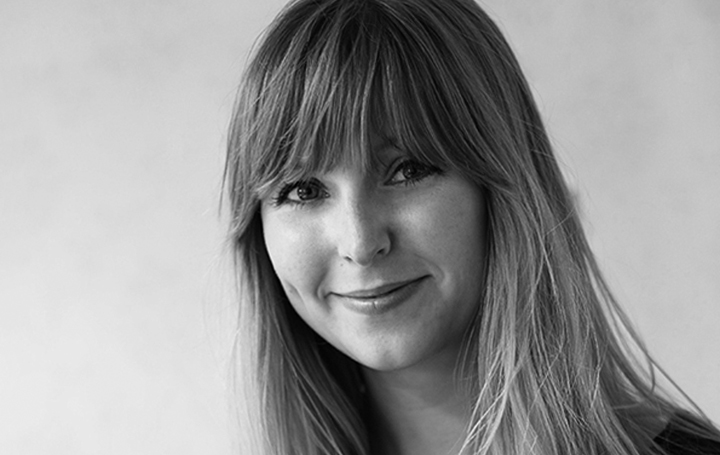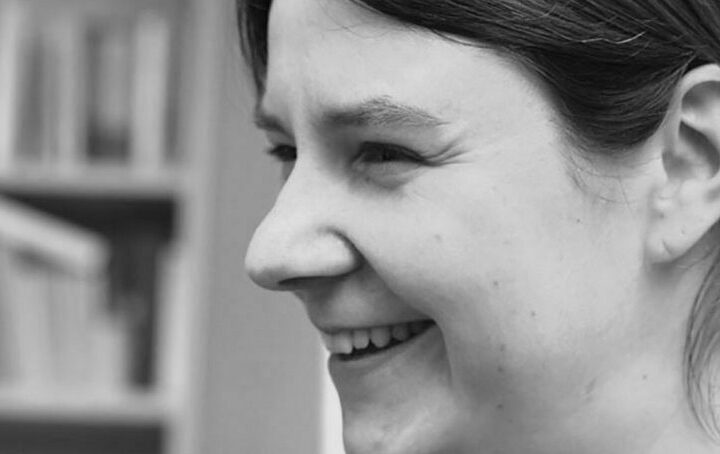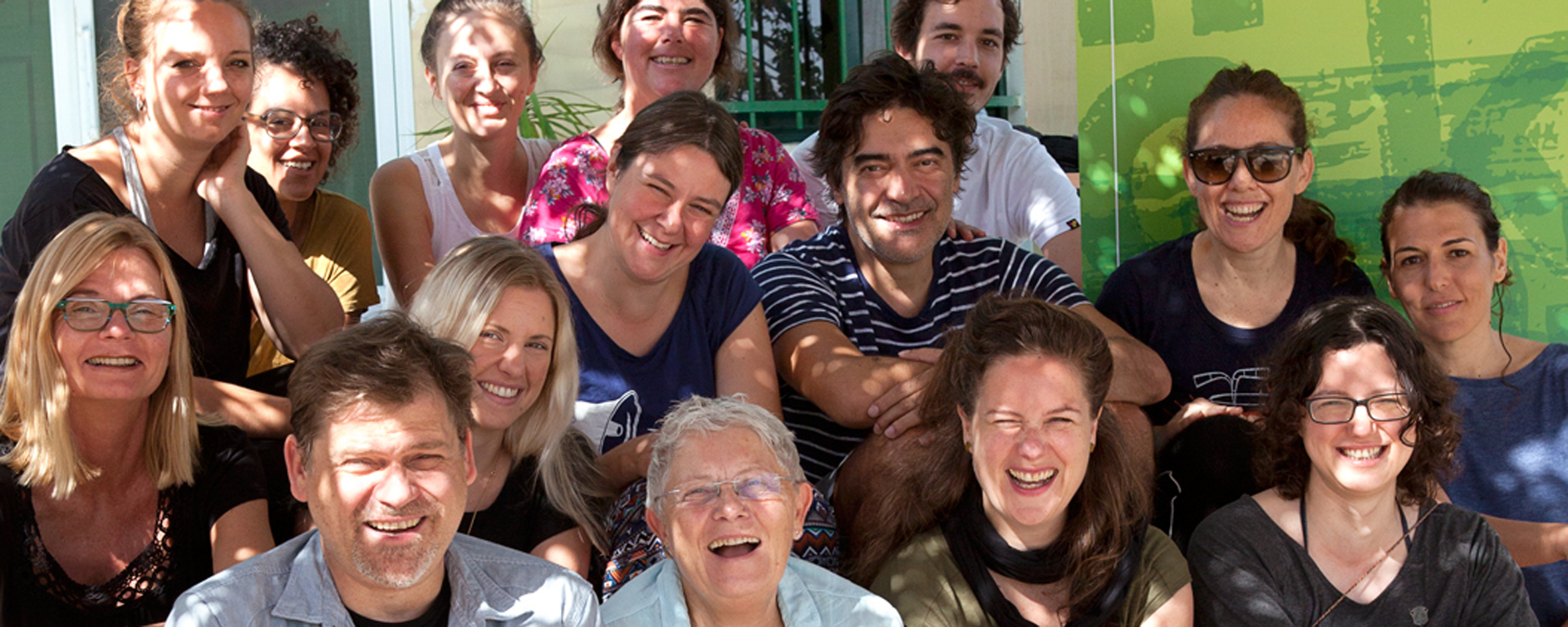
Eco Design Forum – Impressionen
29. November 2016Erfahrungen / Eindrücke 2
14. Dezember 2016Gemeinsam eine Reise machen … ist immer ein kleines Abenteuer und man erlebt viel. Was passiert wenn Designer und Künstler aus vier Ländern gemeinsam reisen? Fünf Tage Programm mit Vorträgen, Exkursionen und jeder Menge Austausch, erst in Tel Aviv / Israel und später in Auja / Palästina haben bei allen starke Eindrücke hinterlassen und Fragen aufgeworfen.
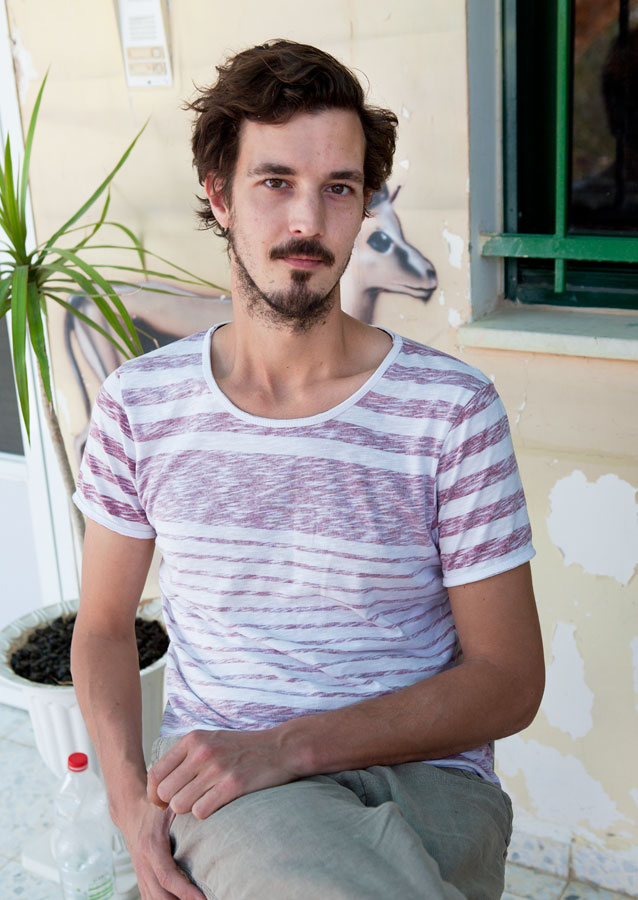
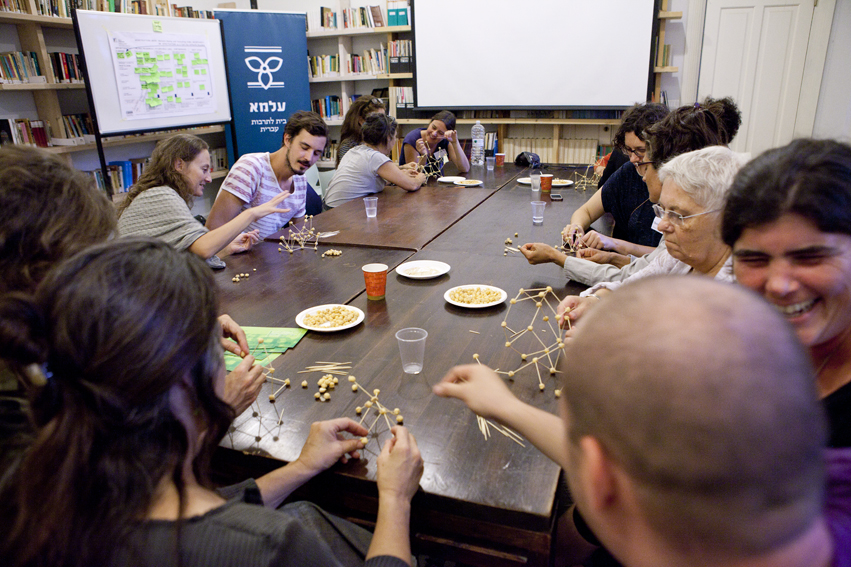
Marc
Upcycling / Köln, Deutschland
Ich weiß gar nicht, ob ich jetzt schon alles bewerten kann. Es sind so viele verschiedene Strukturen, verschiedene Ebenen und verschiedene Aspekte, die erst einmal verarbeitet beziehungsweise rückblickend reflektiert werden wollen. Bei dieser Reise dominiert, abgesehen von den designerischen Aspekten und dem Input, den wir innerhalb des Workshops bekommen haben, natürlich auch der Konflikt. Selbst wenn es gar nicht mein Ziel war, kamen unter den Teilnehmern sehr häufig politische Unterhaltungen zu Stande. Egal, ob die Gesprächspartner israelische, deutsche oder palästinensische Workshop-Teilnehmer waren.
Der Konflikt ist prägnant spürbar und er hat noch einmal eine ganz andere Ebene in das Design gebracht – zumindest so wie wir den Begriff in Deutschland klassisch verstehen. Denn Verständigung ist eben auch eine Form von Kommunikationsdesign. Unter hier existieren diverse Ebenen in den verschiedensten Facetten. Insofern gab es für mich hier ein Feld an neuen Erfahrungen und anderen kulturellen Einflüssen, wie ich sie sonst von meinen Reisen kenne. Es wird aber tatsächlich noch etwas dauern, um den Themenkomplex begreifen und seine Schlüsse daraus ziehen zu können.
Ich nehme auf jeden Fall etwas für meine Arbeit mit nach Hause. Da hier andere Strukturen herrschen wie in Deutschland, läuft Vieles eben auch anders. Ein Beispiel: Mit reditum gestalten wir Möbel aus gebrauchten Materialien – Upcycling. Hierfür benötigen wir gebrauchte Materialien, die sonst meist über das Recyclingsystem entsorgt bzw. wiederverwertet werden. Das bedeutet, dass wir häufig wegen Rahmenverträgen mit Entsorgern nicht an sie heran kommen. Und das, obwohl Upcycling in vielen Fällen einfach die ökologisch/ökonomisch sinnvollere Lösung wäre.
In Israel hingegen gibt es kein bestehendes Recyclingsystem. Hier stehen viele Materialien einfach auf der Straße rum. Es existiert aber nur eine winzige Upcyclingszene, da das Thema fast nicht bekannt ist. So hat es mir zumindest eine israelische Teilnehmerin erzählt: „In meiner Nachbarschaft türmen sich irgendwelche Dosen, irgendwelche Holzverpackungen, die man wunderbar direkt weiterverarbeitet könnte. Aber Keiner macht es. Das wird irgendwo auf eine Deponie gebracht.“ Am Ende des Gesprächs stand eine erste Idee …
Ich denke, das die Unterhaltungen abseits der Workshop-Inhalte sehr oft für beide Seiten auch inspirierend waren. Am besten hat es für mich folgende Ansicht einer weiteren Teilnehmerin getroffen: „Es geht nicht darum, direkt das Gesamtproblem zu lösen. Es geht darum, Momente der Leidenschaft zu kreieren und damit immer wieder positive Akzente zu setzen.“ Diese, auf die politische Lage bezogene, Aussage lässt sich ganz banal auch auf meine gestalterische Arbeit anwenden. Ein Möbel muss nicht allumfassend sein. Aber es soll auf jeden Fall neben seiner Funktion auch gute Momente schaffen.
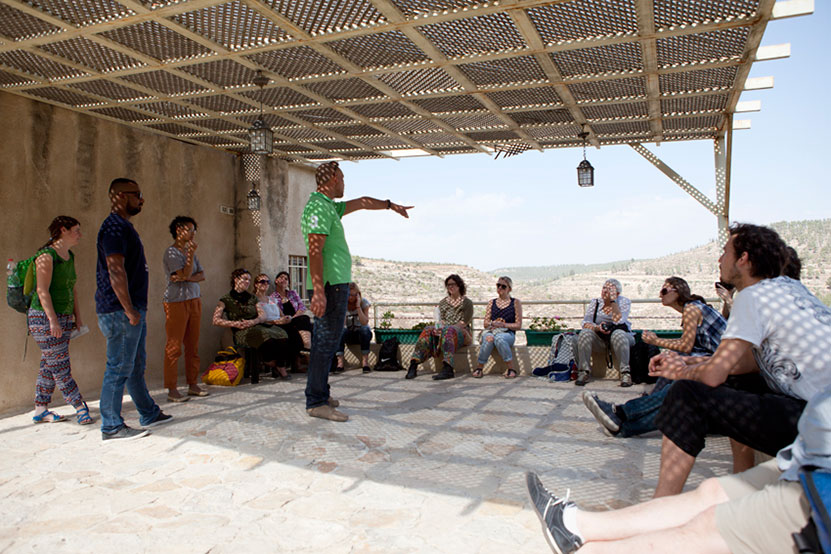
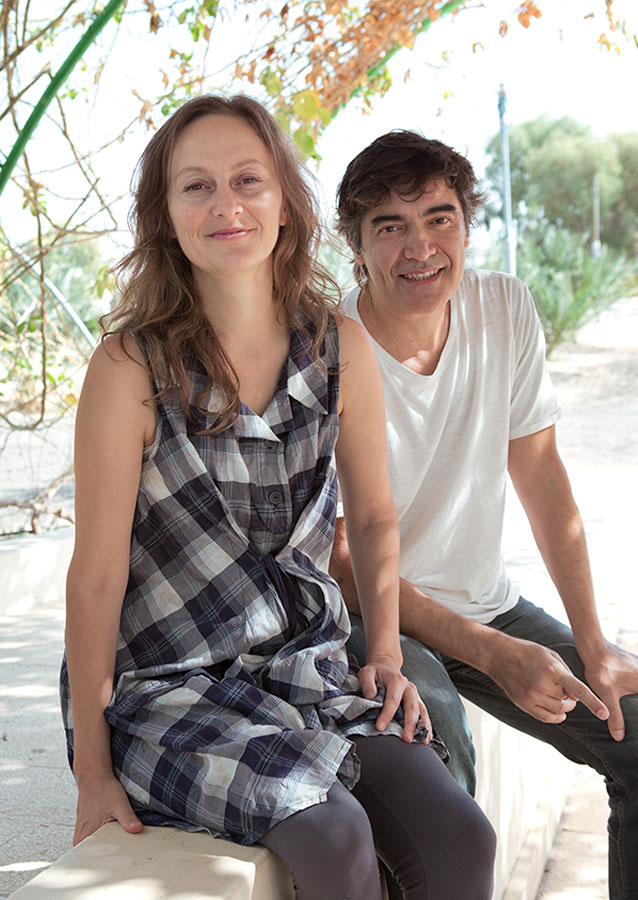
Pinar
Designerin, change agent und creative facilitator / Istanbul, Türkei
It was a great experience regarding to different people from different cultures. Designers coming together and having a lot of exchange. It was a very interesting experience for us to meet in an conflicting environment, because as designers we are thinking in different ways: we can see the problems and we can thinking about creative solutions. It gives us the possibility to look deeper into the issues around. As designers it is interesting to observe different cultures especially in an conflicting environment. It was great to visit different places in Israel and Palestine and we have seen how people and designers interact with their problems. This was a very good experience for us.
We have a lot of issues in Turkey, too. They are considered not only by the government and it is obvious to see that the political party and the political stakeholders are coming short to build solutions. Designers can see a lot of problems and think creative. It is inspiring to see here relationships between social and environmental issues and how designers can take part in these. This is something what we will take with us from now on. Also the environmental psychology lecture was great and I was impressed and we can take that concept more into our work, because there is a great area where people are making research and have some results and we can use these scientific findings in our work as well. We always have these questions why people are behavioring like this. What we take back with us is also about having courage as designers.
Tuna
Systemdesigner und Stretege für Nachhaltigkeit / Istanbul, Türkei
I have seen a lot of trash on the streets, especially in the Palestinian part. But the trash is not a result of what we are expecting of eco-sensitiveness, it is a result of something much deeper. It is a social issue, because there is no alternative, there is no hope for these guys. And when you see the interaction of ecology and society, then you can easily figure out what are the sustainable points. We are not talking about ecology, you cannot separate it into one room, ecology cannot be fragmented. It has to be considered in a context and that context can be created by a society or a culture or whatever. This experience we had was possible with ecolised workshops. We have been able to know some people from both sides, excellent personalities, great friends and I think big designers and artists. We have seen their work and it’s amazing what they are doing here under these circumstances. And also the Israely part. They are doing their best to create a new culture, a new paradigm. Thanks for the opportunity to make all this possible. We are glad to be here.
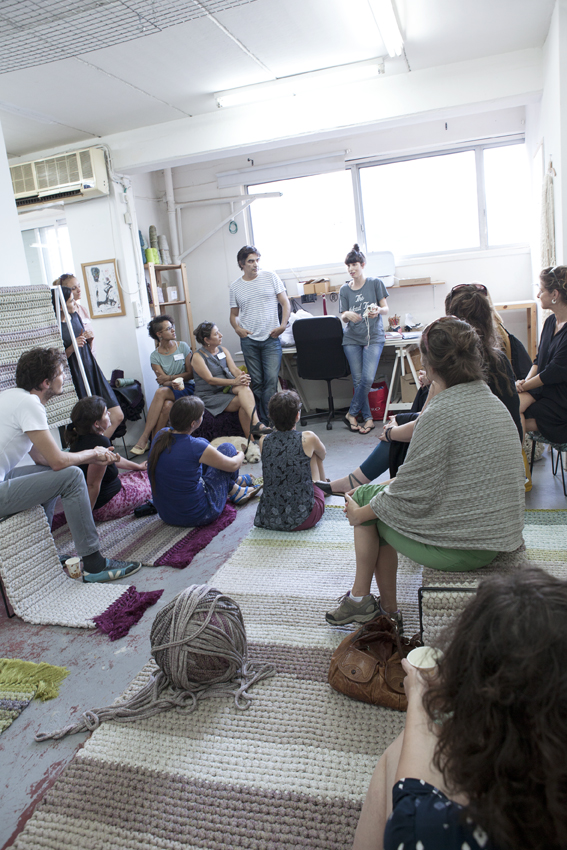
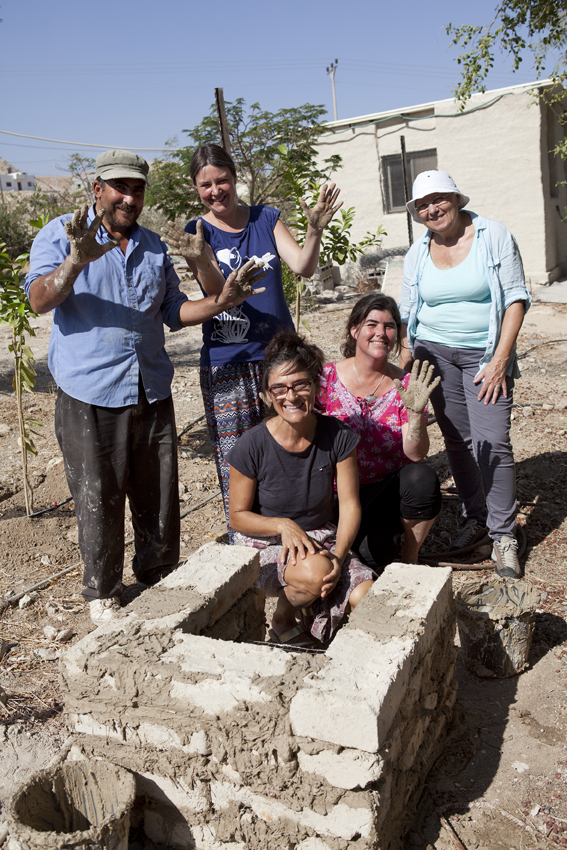
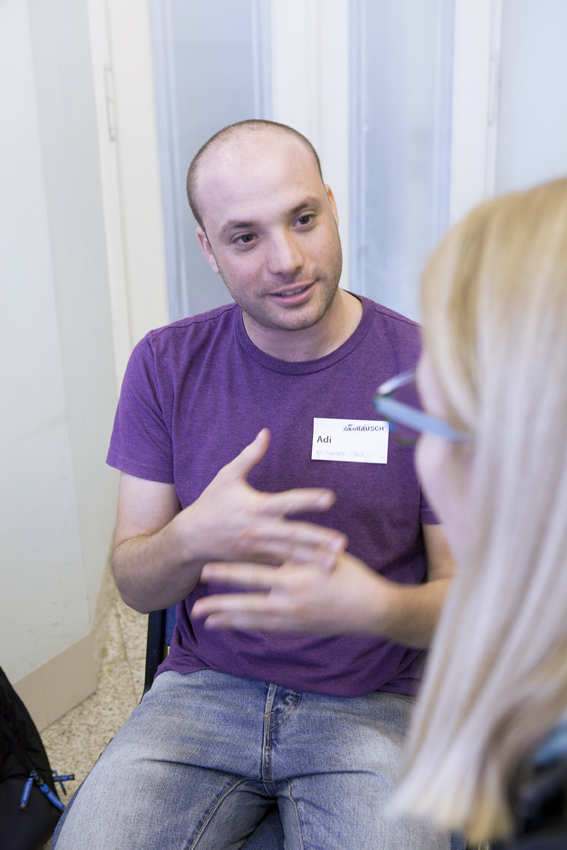
Adi
Leiter einer Designabteilung / Jerusalem, Israel
I had a very good time participating in the ökoRAUSCH ECO design workshop that took place in Israel, October 2016. It was very nice and uplifting to meet other designers and artists dedicated to the issues of ecological design. Seeing the same issues brought up to discussion around the world gives me some hope regarding our joint future. Looking back at the different aspects of ecological design discussed in the workshop, two specifically interest me as they also relate to research I am conducting as part of my MA studies at Tel Aviv University.
1) What is eco design? As the term ‘ecological’ is very wide, there are several interpretations to this issue. These vary from reuse of artifacts and the reduce of consumption to full system designs based on a cradle to cradle ideology. When thinking of these on the spectrum, I always try to consider if all have a positive result towards the environment. As Laura Henn suggested in her talk, people engaging in miner actions towards the environment may feel the little they are doing is more than it actually is and therefore they may not continue towards the larger and more important issues. Interviewing designers in Israel, I many times hear about manufacturing plants that recycle their waste while the products themselves are very wasteful. As these designers do recycle their waste, they feel like they have done enough and therefore do not try to reduce any further. As this is the case, I cannot stop the thought that maybe doing a little good is actually doing a lot of bad. So should we only aim to maximize our actions towards a cradle to cradle system? Many will say that we cannot do all at once and the change must be gradual. I agree with this statement but feel that we are not progressing fast enough. I feel we must take the ecological discussion one step forward and start designing smarter, inclusive systems with the environment in mind.
2) Do we, as artists/designers have enough power to make the change by ourself? This is the second issue that intrigues me when it comes to designers/artists and the environmental challenges that we are facing. Many times, we, as artists/designers, along with our creativity, think we have the ability to make the change by our own. Unfortunately, again and again we find the boundaries of our culture, education and economic systems. I believe we need to act in this field but cannot do it alone. We need to also include education, regulation and legislation. We must find ways to work with all of these together in order to make a real change to our system.
I want to thank the organizers of the workshop for the opportunity to deepen the discussion in this field and will be happy to participate in future events.

